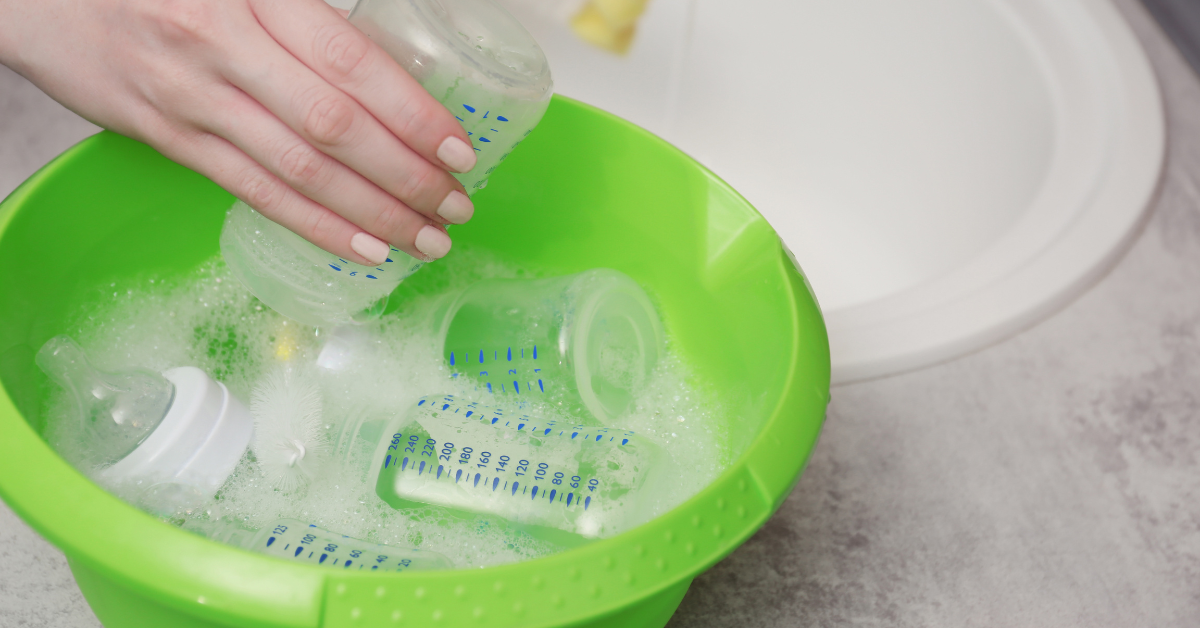Text/Picture: Dr Blue, PhD. Registered Educational Psychologist, Lactation Counselor, Ex Chemist
When it comes to baby products, parents always want the safest and most effective methods to keep everything clean and germ-free. But over time, aggressive marketing has led to some big misconceptions about sterilization—one of the biggest being that only UV and steam sterilizers count as “real” sterilization, while boiling water or hot water does not. Let’s clear up the confusion!
Boiling Water IS a Proven Sterilization Method
Boiling water has been used for generations to kill bacteria, viruses, and fungi effectively. It is a well-documented, scientifically proven method that remains one of the most accessible and cost-effective ways to sterilize baby bottles, pump parts, and accessories. Yet, due to modern product marketing, many parents have been led to believe that without a high-tech sterilizer, they aren’t truly sterilizing their baby’s items. That’s simply not true!
Why Are UV and Steam Sterilizers So Popular?
The rise of UV and steam sterilizers isn’t because boiling water is ineffective—it’s because these machines offer convenience. As parents become busier, companies create products that promise to make their lives easier. And while there’s nothing wrong with convenience, it’s important to separate marketing hype from actual necessity.
Here’s the reality:
UV and steam sterilizers are designed for ease of use, not because traditional methods don’t work.
Boiling water kills harmful bacteria just as effectively without requiring an expensive device.
Many medical and scientific studies still recommend boiling water as a reliable method of sterilization.
Hidden Risks of Modern Sterilizers
While UV and steam sterilizers may seem like a high-tech solution, they aren’t without risks. Many parents don’t realize that:
Repeated exposure to high heat and UV can degrade plastic parts, potentially releasing harmful toxins over time.
Some UV sterilizers may not distribute light evenly, leaving certain areas unsterilized.
Over-reliance on these devices can lead to a false sense of security—if the sterilizer isn’t properly maintained, it may not work as effectively as expected.
It is important to understand that when using UV or steam sterilizers, the exposure to UVC light and high temperatures accelerates the deterioration of all types of plastic and silicone materials. As a result, these items will need to be replaced more frequently. If you notice premature wear, deformation, or damage to your plastic and silicone products, the sterilizer itself is the cause—not the quality of the materials. Choosing to use these sterilization methods means accepting the trade-off between convenience and the longevity of your baby’s feeding accessories.
The Key Takeaway: Use What Works for You
At the end of the day, sterilization is about killing harmful germs, not about what device you use. Whether you choose boiling water, steam sterilizers, or UV sterilizers, what matters most is that you are properly cleaning and maintaining your baby’s feeding equipment. Don’t fall for marketing tricks that make you doubt effective, traditional methods!
Stay informed, stay smart, and always choose what’s truly best for your baby—not just what’s trending. 😊


